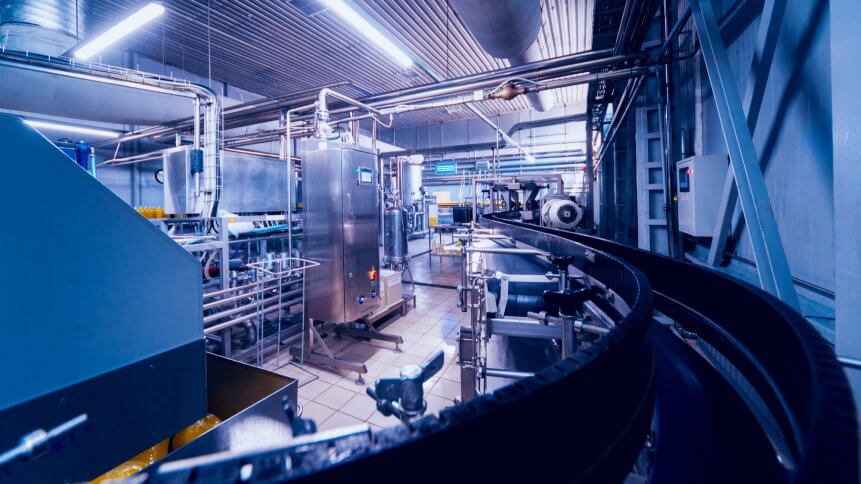Manufacturers to spend $20B on data management by 2026

- ABI Research predicts up to US$19.8 billion will be spent in data management and analytics by 2026
- Manufacturing and factories will gain from big data insights
- Manufacturers are confident that smart factories will be a competitive element in 2025
Manufacturers and industrial firms will invest US$19.8 billion on data management, data analytics, and other related digital services within the next six years, ABI Research predicts, as investments are made to enhance production lines and optimize predictive equipment maintenance.
Spend on data management and analytics is set to increase as there is an exponential growth of sensors, devices, and equipment used in collecting data. These technologies gather real-time information on the state of manufacturing equipment and its conditions, yielding valuable conclusive insights into efficiency and best practices.
Usage of the industrial internet of things (IIoT) is gaining momentum as manufacturers are realizing potential to increase efficiency, accuracy, and speed in operations.
Sensors can feed back information on machinery health, for example, allowing organizations to schedule maintenance and avoid unexpected downtime, while IoT networks are also making remote operation possible, reducing need for on-site staff.
While data management and analytics trends are on the up and up, securing high return on investments (ROI) requires considerable upfront planning.
Organizations need to prioritize key areas that they wish to improve on, like scaling production, improving quality, or reducing downtime. In some instances, manufacturers need to engage and work with their suppliers to manage these set goals.
Michael Larner, a principal analyst at ABI Research, said, “For many manufacturers, there is an appreciation that operational decisions need to be based on empirical evidence rather than guesswork. The challenges are not necessarily capturing and analyzing data, rather what to analyze in the first place.
“The findings need to have a meaningful impact on operations and so manufacturers need to take a step back and devise precise objectives.”
Similarly, business consultant Deloitte found that 86% of manufacturers think smart factories will be the main driver of competition by 2025. Meanwhile, 83% believe smart manufacturing will transform the way products are made.
With the exponential growth of IIoT and the advancement of smart manufacturing on the rise, early adopters and mature players in this sphere are already seeing some of the desired outcomes.
YOU MIGHT LIKE

Manufacturing will dominate IoT spend this year
At Bosch Automotive Diesel System’s (RBCD) factory in Wuxi, for example, the joint German-Chinese venture sees the manufacturers creating high efficiency and low emission diesel engine parts by optimizing production with IoT networks.
By implementing RFID tool management, embedding sensors to machines and analyzing real-time machine data and inventory, the factory renovated its manufacturing infrastructure and is able to understand and eliminate output losses and predict machine interruptions before they occur.
“Having this data connectivity with our machines allows us to react much more faster, be more agile with regards to changeovers, our maintenance time, our breakdown reactions, and with these technologies, we can get much greater insights in these pain points, and that has allowed us to maintain the output that’s required,” said Stuart Brown, director of technical function at RBCD.
The company is reported to have experienced a more than 10% output increase in certain areas, and found improvements in terms of delivery and customer satisfaction.
The real challenge, Brown said, is finding the talent with higher level IT and mathematical skills, which isn’t as readily available in the manufacturing sector.
This is likely to change in the coming years, as more and more machinery is embedded with sensors to collect data about equipment’s conditions and cycle time, and the manufacturing industry becomes recognized as one that’s increasingly IT- and data-driven.









